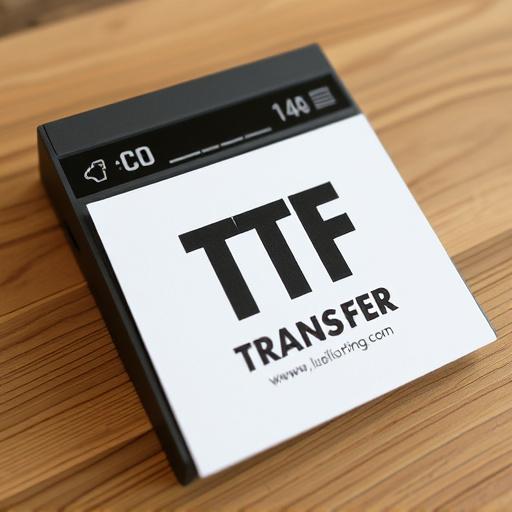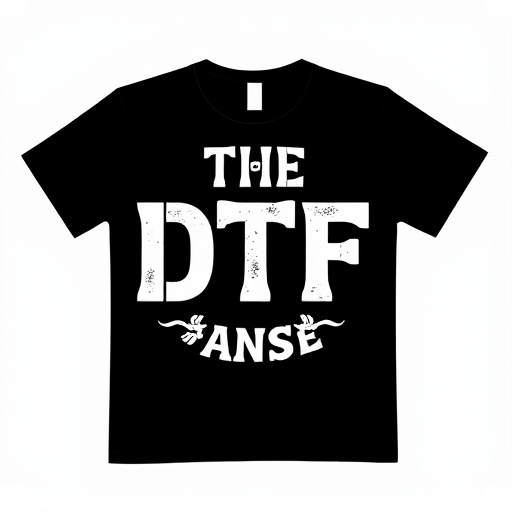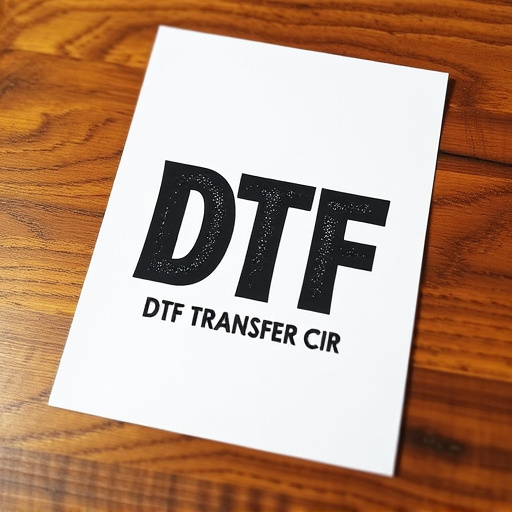Digital Thermal Transfer (DTF) revolutionizes long-lasting printing and film transfers with precise thermal printing. DTF offers vibrant images, exceptional detail, and permanent bonding, ideal for custom apparel, art, and outdoor displays. Advanced material science and quality control ensure DTF transfers withstand washing, fading, and environmental stress, making them a top choice for durable imaging in various industries. Proper care is vital, but DTF's durability has been proven through successful real-world applications.
Discover the future of film preservation with long-lasting DTF (Direct-to-Film) transfer technology. This innovative process offers unparalleled resistance to washing and wear, ensuring your cherished memories remain vibrant for generations. In this comprehensive guide, we explore DTF’s advantages over traditional methods, key material selections, the intricate printing process, care instructions, and real-world applications. Elevate your film transfers with DTF Printing and unlock a new level of longevity for your precious DTF Prints.
- Understanding DTF Transfer Technology
- Advantages of DTF over Traditional Methods
- Material Selection for Longevity
- The Printing Process and Quality Assurance
- Care and Maintenance Tips for DTF Prints
- Real-world Applications and Success Stories
Understanding DTF Transfer Technology

The Digital Thermal Transfer (DTF) process has revolutionized the way we create long-lasting prints and film transfers. This cutting-edge technology offers an innovative solution for those seeking durable and resistant images. DTF involves a precise thermal printing method where an image is transferred from a donor sheet to a recipient material, typically fabric or paper, using heat and pressure. What sets DTF apart is its ability to produce sharp, vibrant prints with exceptional detail, making it ideal for creating resistent film transfers.
DTF Printing ensures that colors remain rich and true over time, even under rigorous washing conditions. The transfer is permanently bonded to the surface, offering a seamless and durable finish. This technology is particularly useful for creating custom apparel, accessories, or even art pieces where longevity and quality are paramount. By utilizing DTF, artists and designers can achieve professional-grade results, ensuring their creations stand the test of time and wear.
Advantages of DTF over Traditional Methods

The Direct-to-Film (DTF) transfer method offers significant advantages over traditional film printing techniques. One of its key strengths lies in durability; DTF prints are incredibly resistant to fading and wear, ensuring that your films last for years without losing their vibrant colors or crisp details. This longevity is a result of the direct application of ink onto the film surface, creating a robust bond that traditional methods often struggle to match.
Additionally, DTF transfers provide exceptional resistance to washing and environmental factors. The advanced printing process seals the inks into the film, making them less susceptible to smudging or running when in contact with water or moisture. This makes DTF prints ideal for outdoor displays, promotional materials, and applications where the films are exposed to various weather conditions, ensuring they remain intact and legible even under challenging circumstances.
Material Selection for Longevity
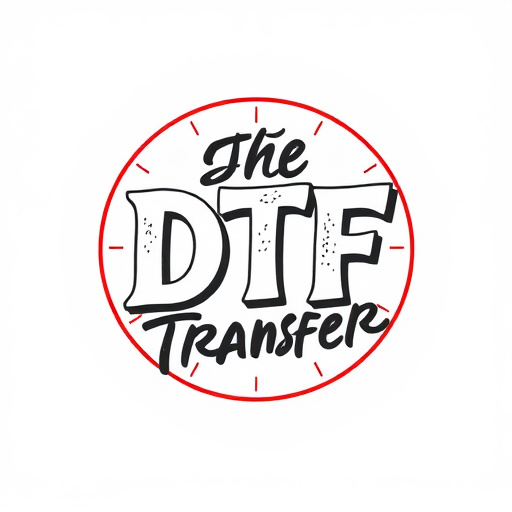
In the pursuit of long-lasting film transfers that withstand washing and wear, material selection plays a pivotal role. For DTF (Direct to Film) transfers and prints, specific polymers and coatings are chosen for their enhanced durability and resistance to environmental factors. These materials not only ensure the longevity of the transfer but also maintain its integrity during frequent handling and exposure to moisture.
Advanced DTF printing techniques leverage high-quality substrates and protective layers that resist fading, cracking, and peeling. The careful selection of these components contributes to a final product that remains vibrant and legible even after extensive use or exposure to harsh washing conditions. This focus on material science is what sets modern DTF transfers apart, providing customers with prints that are designed to last for years to come.
The Printing Process and Quality Assurance

The process of creating long-lasting film transfers involves a meticulous approach to ensure superior quality and durability. DTF (Direct to Film) transfer, a cutting-edge technique, is employed to achieve this. During DTF printing, high-resolution digital prints are directly applied to the film surface using specialized inkjet printers. This method guarantees precise color reproduction and crisp details, making each print unique and visually appealing.
Quality assurance is a crucial step in the process. Each DTF transfer undergoes rigorous testing to ensure resistance against everyday wear and tear, including washing. Advanced quality control measures involve subjecting the transfers to various environmental conditions, simulating real-world usage. This meticulous testing ensures that the DTF prints remain vibrant and intact even after prolonged use, providing customers with a long-lasting and high-quality film transfer experience.
Care and Maintenance Tips for DTF Prints
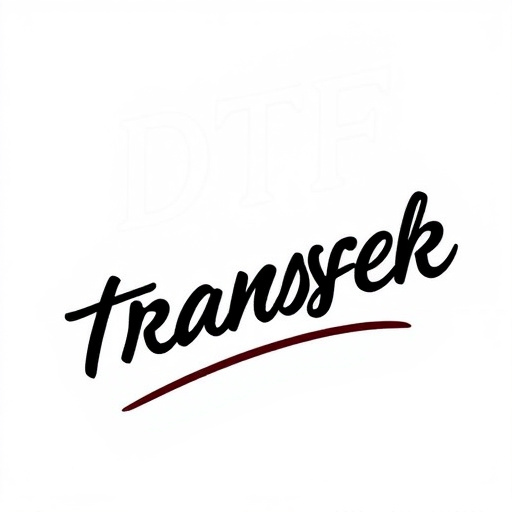
Caring for and maintaining Direct-to-Film (DTF) transfers is essential to ensure their longevity and vibrant appearance. Since DTF prints are designed to be durable, proper care will help preserve the integrity of the transfer on various materials. Avoid harsh cleaning agents or abrasive cloths that can damage the film or remove the transferred layer. Instead, use mild detergents and warm water for spot cleaning. For deeper cleaning, consider using a soft-bristled brush to gently scrub away dirt without agitating the transfer.
Regular maintenance includes storing DTF prints in cool, dry places, protecting them from direct sunlight, and avoiding contact with oily or sweaty hands. If the print comes into contact with water, pat it gently with a towel to absorb excess moisture, ensuring not to rub, as this can cause smudging or peeling. Additionally, avoid folding or creasing the prints to prevent permanent wrinkles or damage.
Real-world Applications and Success Stories

In real-world applications, DTF Transfers have proven their mettle in various industries, offering a durable and versatile solution for long-lasting imaging. From promotional merchandise to artistic creations, DTF Printing has revolutionized the way we think about wearable art. For instance, clothing brands often utilize DTF to create custom designs on t-shirts, hats, and accessories, ensuring that graphics remain vibrant and intact even after multiple washes. This technology is also embraced by artists who want to transform their digital illustrations into tangible pieces, such as scarves or phone cases, without compromising quality.
Success stories abound in the realm of DTF Transfer, with numerous businesses and individuals attesting to its resilience. One notable example is a small local business that specialized in creating personalized keychains for events. By using DTF Printing, they were able to produce high-quality, long-lasting keychains that customers wore proudly, even after extensive use. Similarly, a group of hobbyists who designed and sold custom DTF prints of popular characters found that their products retained their detail and color over time, setting a new standard for fan merchandise. These real-world applications underscore the versatility and durability of DTF Transfers, making them a preferred choice for anyone seeking long-lasting, high-quality images.

